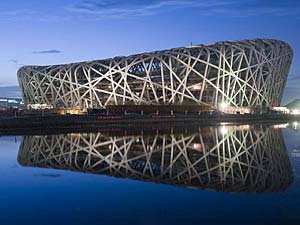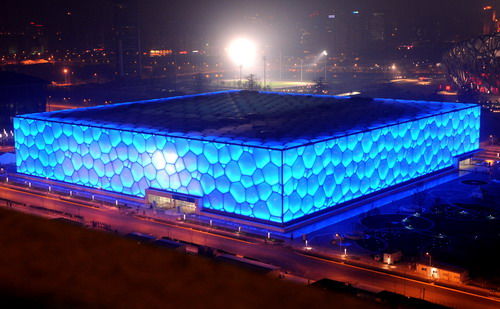Sightseeing in Beijing
With the biggest central square in the world – Tiananmen Square, the Forbidden City – the largest and best-preserved imperial palace complex, a superbly preserved section of the Great Wall, as well as the largest sacrificial complex in the world – the Temple of Heaven, Beijing attracts both domestic and foreign visitors who all come to wonder at its century-old history and unique cultural relics. Moreover, the successful holding of the 2008 Olympic Games has made Beijing a world-famous city.
The Great Wall – The Great Wall, like the Pyramids of Egypt, the Taj Mahal of India and the Hanging Garden of Babylon, is one of the great wonders of the world. Starting out in the east on the banks of the Yalu River in Liaoning Province, the Wall stretches westwards for 12,700 kilometers to Jiayuguan in the Gobi desert, thus known as the Ten Thousand Li Wall in China.
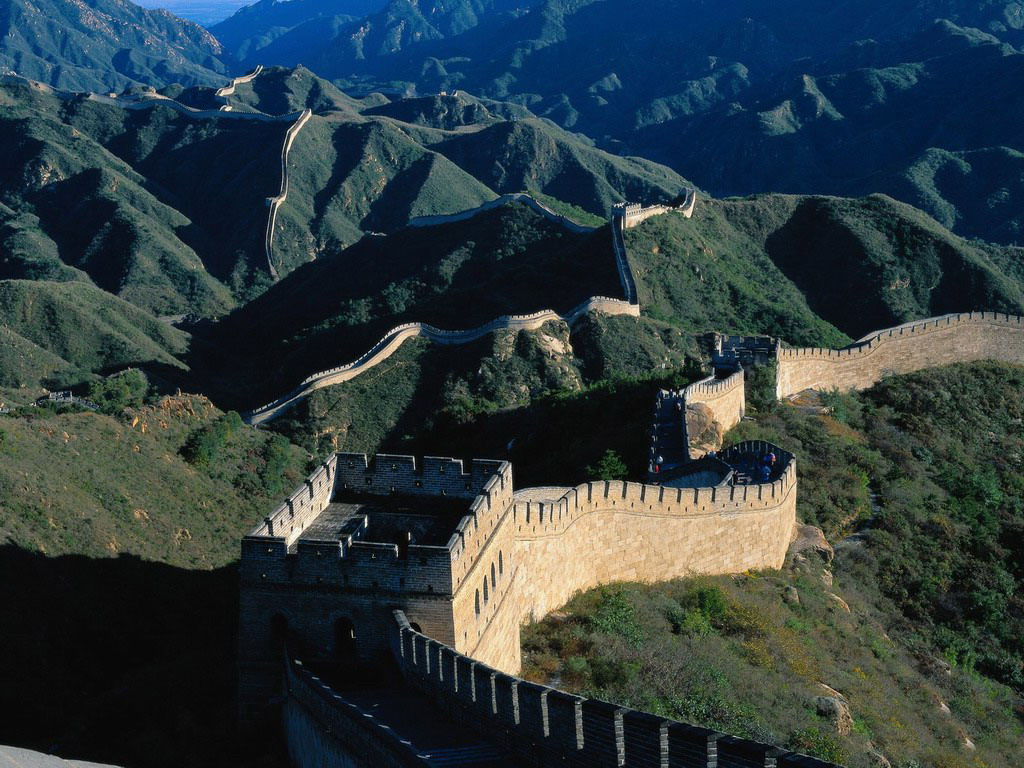
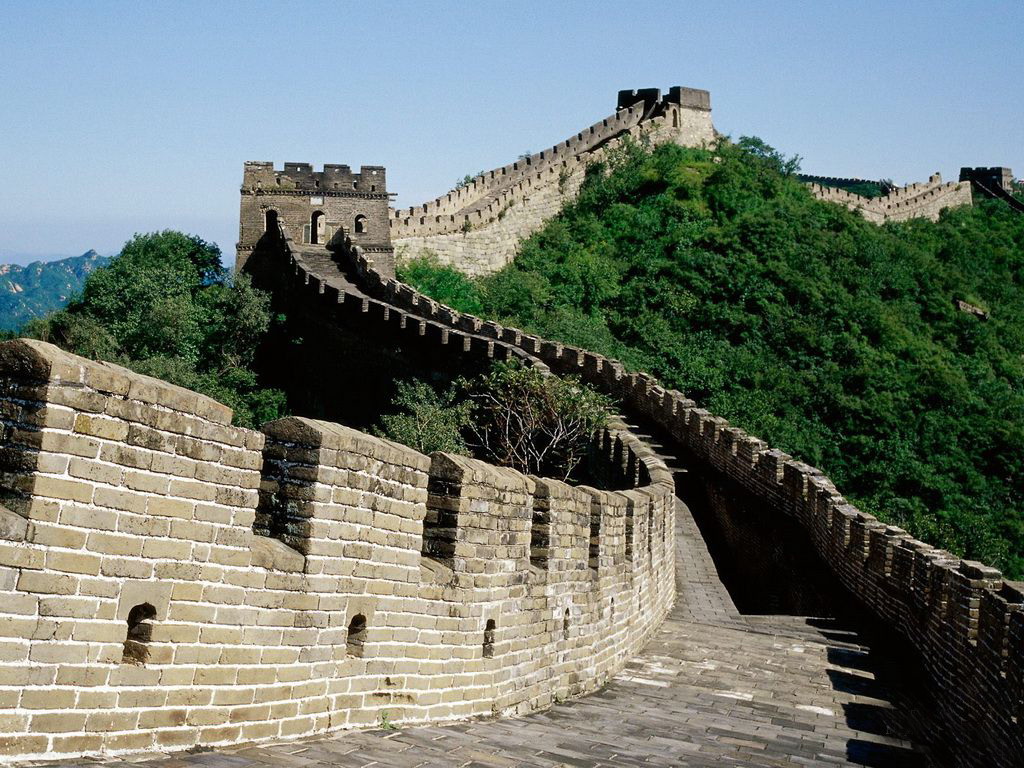
The Forbidden City – Home to two dynasties, the Ming and the Qing, the Forbidden City is the granddaddy of preserved ancient buildings in China. It was built during the Ming Dynasty, under the reign of Yong Le, and required the effort of millions of laborers. Most of the buildings have been rebuilt or restored as the originals were damaged during the tumultuous events of recent Chinese history.

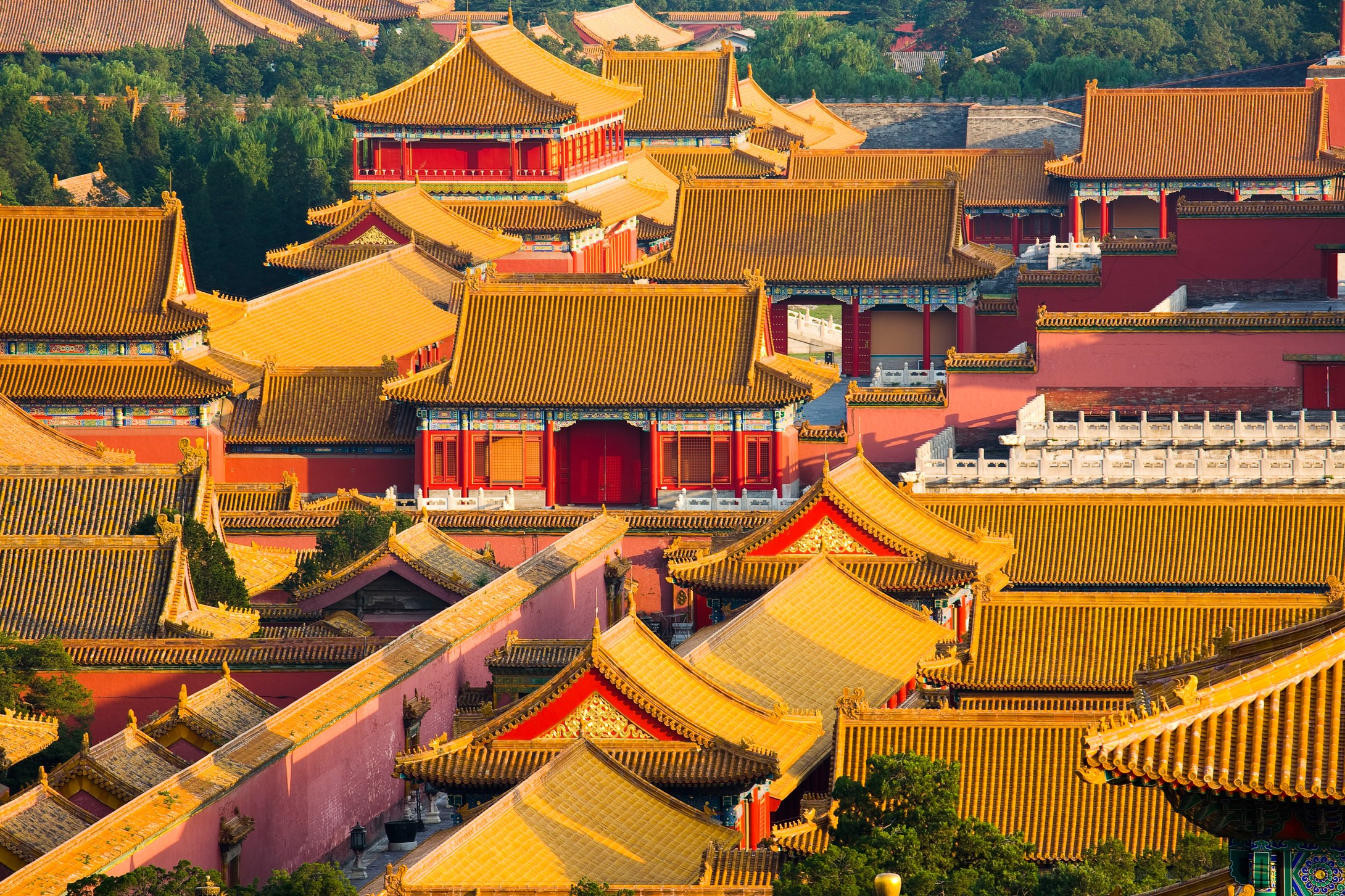
The Summer Palace – Built during the Qing Dynasty, the Summer Palace comprises a large park with beautiful imperial architecture. Used as a summer residence by the imperial family, the estate boasts rolling hills, a lake (Kun Ming Lake) and gardens. Major sites to visit include the Precious Clouds Pavilion, the Buddhist Temple of the Sea of Wisdom, the 17-arch Bridge and the Hall of Benevolence and Longevity.
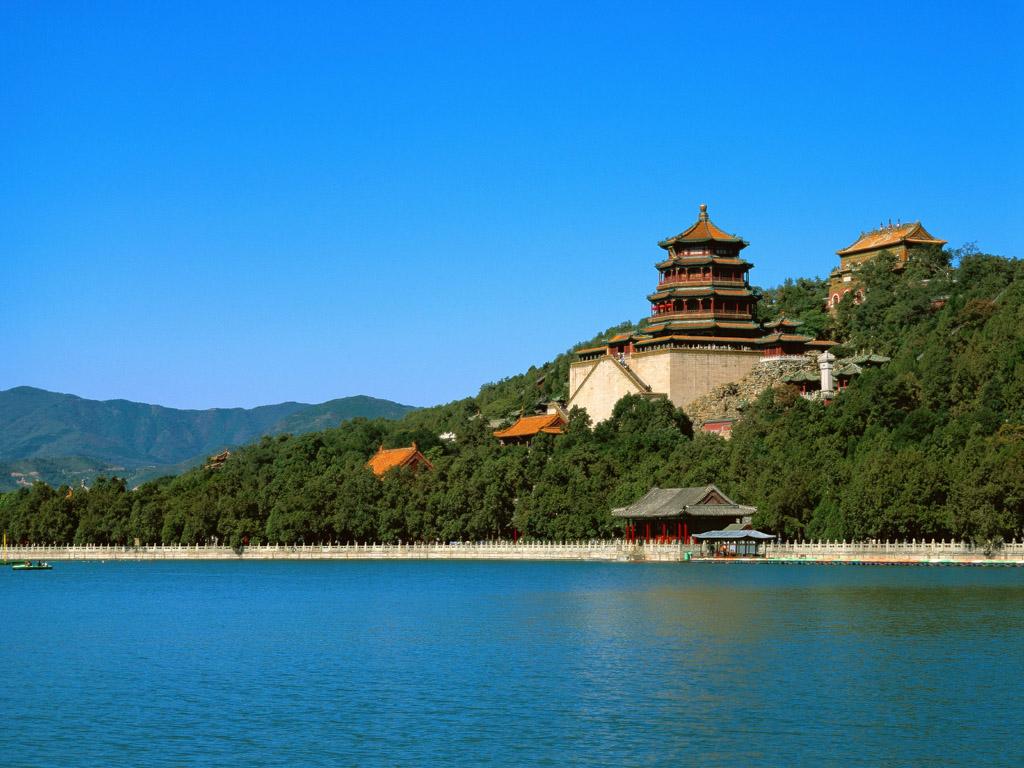
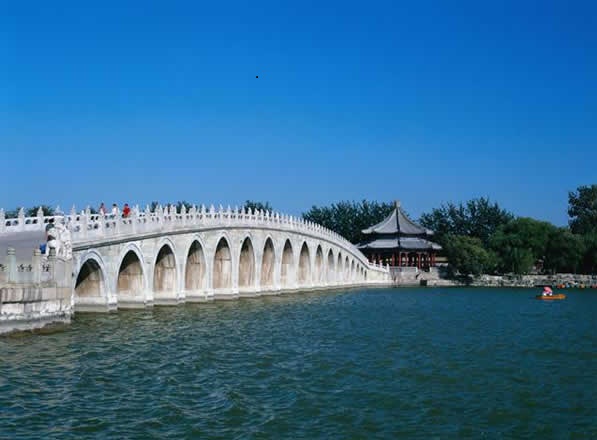
The Temple of Heaven – The Temple of Heaven was built in 1420 during the reign of Emperor Yong Le of the Ming Dynasty. Situated in the southern part of the city, this grand set of structures covers an area of 273 hectares. To better symbolize heaven and earth, the northern part of the temple is circular while the southern part is square. The whole compound is enclosed by two walls, a square wall outside a round one.


Venues of the 2008 Summer Olympics – The Beijing National Stadium, also known as the Bird’s Nest, was the main track and field stadium for the 2008 Summer Olympics and host to the opening and closing ceremonies. The stadium is 330 meters long by 220 meters wide, and is 69.2 meters tall. The 250,000 square meter (gross floor area) stadium was built with 36 km of unwrapped steel, with a combined weight of 45,000 tons.
